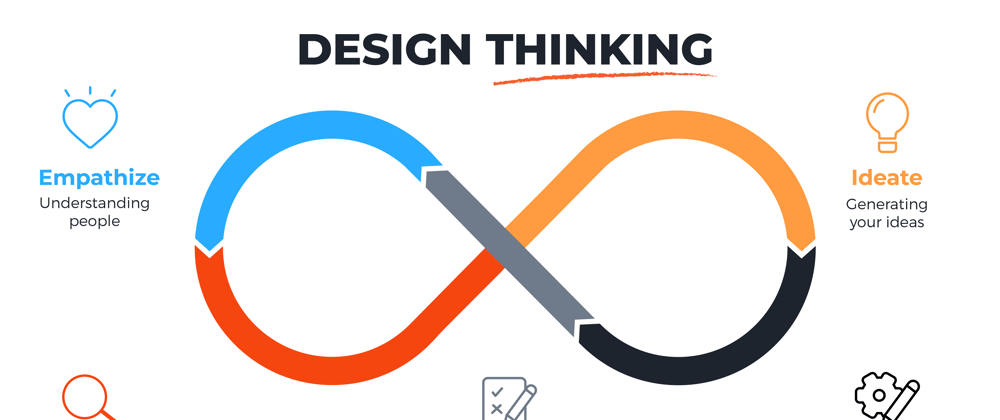The best and most successful products are designed with the people they are creating for in mind. When you understand your customers or end-user, you can create what they want or need. That’s design thinking – a human-centered approach to ideating and solving problems with innovative and creative solutions.
Recently, I have been working on a project but there was something wrong. We have seen that most of the users reach a registration page, but they don’t proceed to other pages. We interrogated the issue and we found that the reason is a long registration form and our customers are busy.
Imagine you bought a fridge and you want it to get delivered to your home, and you found a good app that can help you to book a driver to deliver your load. But when you open the app, you got a long registration form before you proceed. You will get frustrated.
The design thinking process encompasses five stages. Emphasize, define, ideate, prototype, and test.
Empathize – Understand the perspective of the target audience/customer/consumer to identify and address the problem at hand.
Define – Define the problem statement clearly.
Ideate – Brainstorm ways to address identified unmet needs.
Prototype – Identity which of the possible solutions can best solve the identified problem(s).
Test – Test the product with your target audience to get feedback.
In our case, we failed for the first stage. We didn’t emphasize with our customers to truly understand their experience and anticipate their needs. Empathy allows you to set aside your assumptions about the world to gain insight into users and their needs.
If there is any one secret of success, it lies in the ability to get the other person’s point of view and see things from his angle as well as your own
Henry Ford
The design thinking process is iterative, flexible, and focused on collaboration between designers and users, with an emphasis on bringing ideas to life based on how real users think, feel and behave.
The effective way to ensure your next project is a success is to avoid self-referential and start incorporating design thinking exercises with your team.








Latest comments (0)